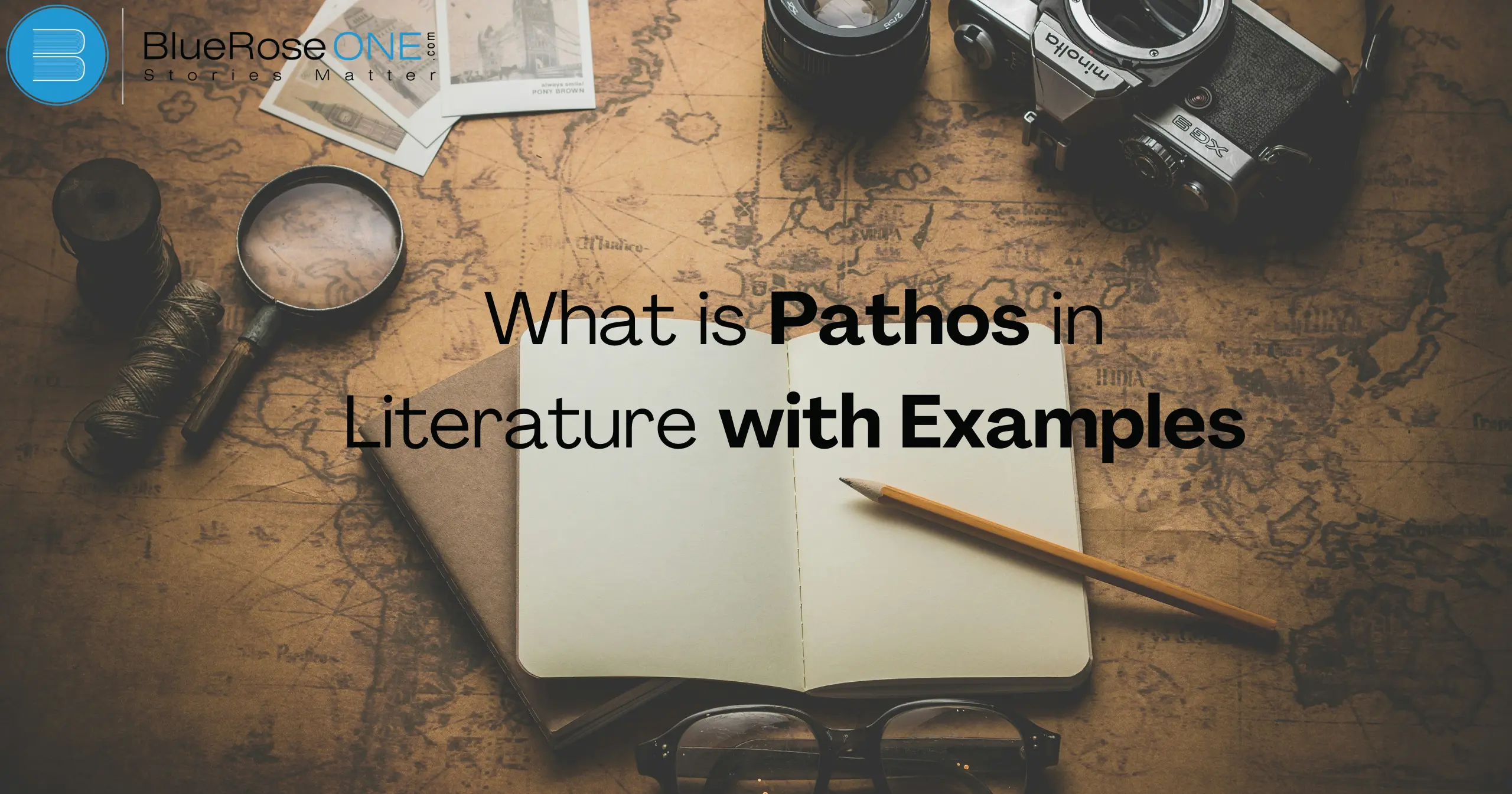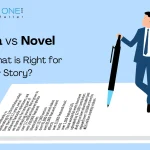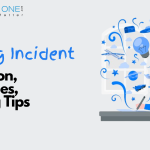Comprehending pathos in literary works is crucial to appreciating the affective appeal that authors employ to establish a connection with their readers. This article explores the meaning, applications, and definition of pathos in a variety of literary works.
What is Pathos?
One of Aristotle’s methods of persuasion, pathos, is the emotional appeal writers make to readers in order to arouse sympathy, pity, grief, or any other powerful emotional response. It seeks to establish a profoundly meaningful and sympathetic bond.
Importance of Pathos in Literature
In literature, pathos is essential because it stirs up readers’ emotions and helps them relate to the story and its characters on a deeper level. Writers have the ability to enhance the interest and remembrance of their stories by utilizing emotions such as grief, joy, or rage.
Readers are better able to relate to characters and gain a deeper understanding of their experiences thanks to this emotional connection. In the end, pathos enhances the reading experience by increasing the resonance and impact of stories for readers.
You may also like read: Anti Hero vs. Traditional Hero: What’s the Difference?
Elements of Pathos
Emotional Language
Pathos is crucial in literature because it evokes readers’ emotions, creating a deeper connection to the story and its characters. By appealing to feelings like sadness, joy, or anger, authors can make their narratives more compelling and memorable.
This emotional engagement helps readers empathize with characters and understand their experiences more profoundly. Ultimately, pathos enriches the reading experience, making stories more impactful and resonant with audiences.
Vivid Imagery
Rich literary imagery evokes the senses, allowing readers to see, hear, smell, taste, and feel as the characters do, bringing situations to life. This device, which arouses strong feelings and associations, is essential for pathos.
A tragic occurrence can evoke pity, while a description of a character’s childhood home’s aroma can evoke nostalgia. Writers successfully employ pathos through rich imagery to captivate and affect their audience.
Examples of Pathos in Literature
Example 1: To Kill a Mockingbird by Harper Lee
In To Kill a Mockingbird by Harper Lee, pathos is used to evoke deep empathy and sorrow from the reader. The unjust trial and conviction of Tom Robinson, an innocent Black man accused of raping a white woman, stirs strong emotional responses.
Harper Lee’s vivid descriptions of the prejudice and injustice faced by Robinson make the readers feel compassion and outrage, highlighting the powerful use of pathos in literature.
You may also read: Third Person Point of View vs. First Person: Which is Right for Your Story?
Example 2: The Kite Runner by Khaled Hosseini
In “The Kite Runner” by Khaled Hosseini, pathos is powerfully evoked through the protagonist, Amir, and his deep regret over betraying his childhood friend, Hassan.
The novel explores themes of guilt, redemption, and the longing for forgiveness, stirring strong emotions in readers. Hosseini’s vivid descriptions of the characters’ hardships and the poignant moments of their lives effectively use pathos to create an emotional connection with the audience.
How Authors Use Pathos Effectively
Creating Sympathetic Characters
One potent technique authors use to effectively employ pathos is to create sympathetic characters. Authors arouse readers’ empathy by creating characters that have feelings, challenges, and wants that readers can identify with.
The story becomes more compelling and effective because of this emotional connection. Characters that experience suffering or are nice to others, for example, can arouse sentiments of attachment and sympathy.
Pathos allows readers to establish a strong emotional connection with the story through these likable characters, which improves the reading experience as a whole.
Addressing Universal Themes
Writing about universal subjects like justice, love, and sorrow is a potent technique for authors to employ pathos to emotionally engage readers. Through drawing upon common human experiences, writers elicit empathy and intense emotional reactions.
For instance, Harper Lee skillfully uses pathos to connect and affect her readers in “To Kill a Mockingbird,” where she uses the issue of racial injustice to evoke intense feelings of sorrow and indignation.
You may also like: Why You Should Use Professional Book Marketing?
Techniques to Enhance Pathos
Narrative Perspective
One effective technique to enhance pathos in literature is the use of narrative perspective. By choosing a first-person point of view, authors allow readers to experience emotions directly through the eyes of the character.
This creates a deeper emotional connection as readers feel the character’s joys and sorrows more intimately. Alternatively, an omniscient narrator can provide insight into multiple characters’ emotions, enriching the overall emotional landscape of the story.
Symbolism and Allegory
Adding symbolism and allegory to writing is a potent technique for boosting emotion. Allegory is a type of storytelling in which people and events serve as symbols for larger ideas, whereas symbols are things or activities that have deeper significance.
By relating intangible concepts to concrete components, these strategies arouse readers’ emotions. In George Orwell’s “Animal Farm,” for instance, the farm animals stand in for various political officials and elicit strong feelings about corruption and power.
You may also like: Ultimate Guide to Generating Fiction Story Ideas
Ethical Considerations of Pathos
Avoiding Manipulation
Preventing manipulation is crucial when employing pathos in literary works. Pathos is a tool used by ethical authors to honestly and non-exploitationally connect with their readers’ emotions.
The facts can be distorted and reader trust can be damaged by the manipulative use of pathos. Writers ensure their work is compelling and ethical by honoring the intelligence and feelings of their readers. This allows them to create meaningful and sincere emotional connections through their thoughtful and sincere narrative.
Balancing Pathos with Logos and Ethos
Pathos is an essential literary device that appeals to emotions in order to elicit empathy and a sense of connection from the reader. But pathos must be balanced with ethos (ethical credibility) and logos (logical reasoning).
Even if pathos arouses emotions such as sympathy, happiness, or sorrow, depending only on emotion runs the risk of deceiving readers in the absence of ethical justification or sound logic.
It is imperative for writers to exercise ethical caution while utilizing pathos in order to maintain the integrity, decency, and persuasiveness of their writing without resorting to manipulating emotions.
Conclusion
In writing, pathos is a potent technique that authors use to emotionally engage readers, promoting empathy and expanding readers’ comprehension of human experience. Writers can create stories that resonate with readers long after a book is closed by deftly using pathos in their writing.
















